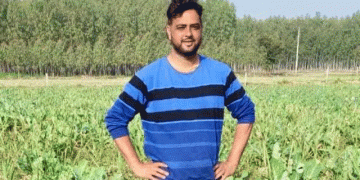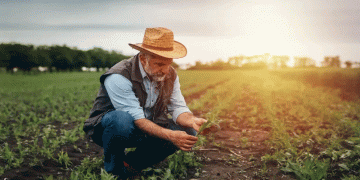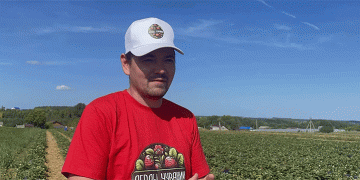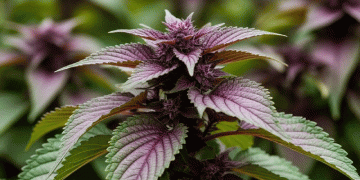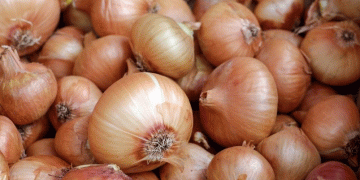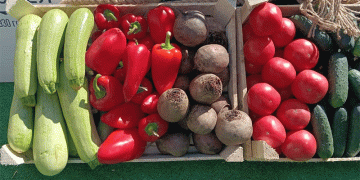For each planting date, Croptime predicts key growth stages and harvest maturity date.
Well-timed harvests enable growers to meet demand for consistent supplies of produce. Good timing also helps farmers schedule labor when they need it, and can help minimize pest damage at stages during the growing season when crops are most vulnerable.
Growers normally schedule planting and harvests using a calendar and the crop’s estimated days to maturity from seed catalogs. However, temperature and weather conditions can alter these estimates, especially in an uncharacteristically warm or cool year.
In response, team at the Oregon State University Extension Service built Croptime, a web-based predictive tool that Willamette Valley vegetable farmers can use to schedule their plantings and harvests for the most favorable times. Croptime introduces degree-day (DD) models for vegetable varieties and weeds. Vegetable DD models can help schedule planting dates and predict harvest dates more accurately than calendar days. Weed DD models can predict development of first germinable seed, and help reduce the risk of weed seed rain.

Currently Croptime has online models for:
- Broccoli: four transplanted cultivars
- Cucumber: one transplanted and six direct-seeded cultivars
- Snap beans: three direct-seeded cultivars
- Sweet corn: six direct-seeded and three transplanted cultivars
- Sweet pepper: four transplanted cultivars
- Tomato: four transplanted cultivars
- Weeds: hairy nightshade, lambsquarter and redroot pigweed
New models will be posted online when available for spinach, carrot, parsnip, lettuce, cauliflower, cabbage, kale, and summer squash.
To use Croptime, growers select the weather station nearest their farm, select their crop and variety and choose from a number of different forecasting options. Then they enter up to four prospective planting dates. For each planting date, Cropstime predicts key growth stages and harvest maturity date. A recent OSU Extension publication explains how degree-day models work, describes how Croptime models are developed, and provides model parameters for Croptime models.
By enabling growers to identify their optimum planting dates, Cropstime promises to take some of the uncertainty out of harvest scheduling. Accurate timing of harvests is critical to keeping vegetable farmers profitable and sustainable.
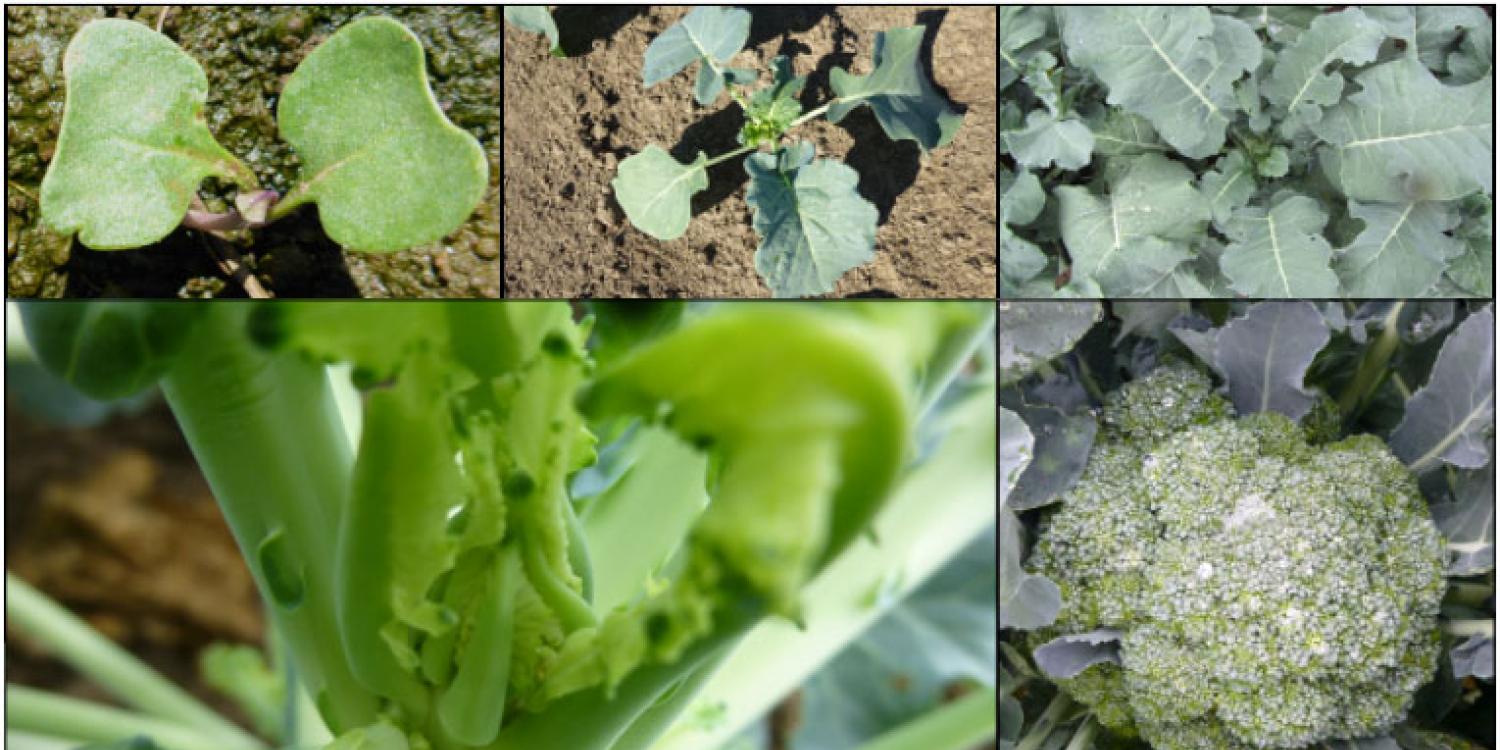
How long does it take broccoli to mature in your part of the state? A Croptime model can help you estimate more accurate maturity dates. Photo: Oregon State University















